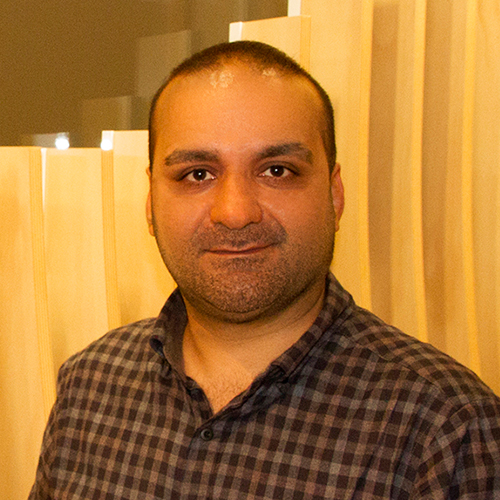Brought to you by
Dr Behnam Akhavan
Innovation:
Plasma coating for implants
Research Fellow, University of Sydney; PhD (Surface Engineering), University of Sydney
Australia’s ageing population has led to a rising incidence of osteoporosis-related bone fractures, bone cancers and joint replacements.
Orthopaedic surgeries involving implants have increased, but many of these surgeries result in poor outcomes, because their success relies on fi rm bone bonding in implants.
Dr Behnam Akhavan has developed a highly robust plasma coating that mitigates such issues by mimicking the surrounding tissue. This innovation increases the likelihood of an implant fusing to the host bone, thus reducing the chance of rejection or infection.
The plasma coating works by “shielding” an implant to trick the body into accepting it as a biologically friendly object. The body treats it as a biological structure rather than an invasion.
This development opens up the possibility of fabricating a new generation of anti-infection biomedical devices.
This fully organic coating enables the strong coupling of biomolecules like proteins on the implant surface.
These biomolecules then facilitate the overgrowth of bone-producing cells on the implant once inserted in the body, allowing it to firmly attach to bone tissue rather than being colonised by bacteria.
A key challenge in realising this innovation was that the coating had to be stable enough to survive severe deformation during surgery, followed by long-term immersion in corrosive body fluids. The fabrication of robust organic coatings on metals has been a long-standing issue in surface engineering.
Using fundamental research on plasma-surface interactions, Akhavan mitigated this problem by creating robust, ion-stitched interfaces between the coating and implant surface. These coatings can remain intact for long durations, even if they are scratched during surgery.

This development opens up the possibility of fabricating a new generation of anti-infection biomedical devices with improved tissue-implant integration, benefi ting the growing numbers of patients relying on implants.
The new class of implants ultimately developed from the outcomes of this project will directly benefi t patients suffering from a number of conditions.
Judges’ comments:
“The context of the work is very clear and demonstrates defi nite potential for community benefi t. If this technology does deliver on its promise, then there is the potential to eliminate thousands of surgeries a year, mostly undertaken by patients who have significant other risks involved.
“A good application of scientific knowledge to an engineering problem, with excellent potential benefits to patients, although it remains to be commercialised to realise the benefits.”